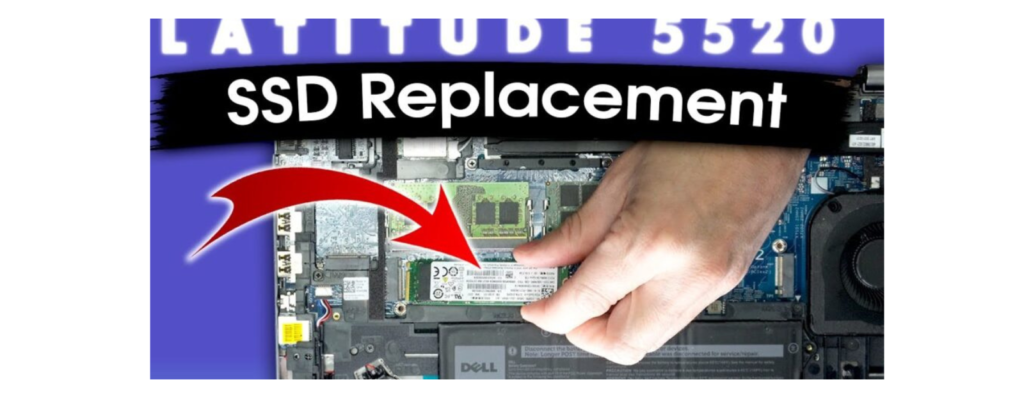Discount up to 35% for first purchase only this month.
Certainly! Replacing an SSD in your computer can be a straightforward process. Here’s a step-by-step guide to help you upgrade your SSD without reinstalling Windows:

diskmgmt.msc, and hit Enter.“Remember to follow safety precautions, handle components carefully, and consult your device’s user manual if needed. Good luck with your SSD upgrade” 🚀
100% Original product that covered warranty by the vendor.
You have the right to return your orders within 30 days.
Your orders are shipped seamlessly between countries
Your payments are secure with our private security network.
Evisioninfoserve is dedicated to providing high-quality refurbished laptops to our customers. We understand that not everyone can afford brand-new laptops, and we believe in the value of extending the lifespan of technology while offering affordable options.
+91 9205888941
WhatsApp us